


Hanoi
Asia
/
Vietnam
/
Hanoi
As you venture beyond the lake, you'll discover a city rich in historical significance and architectural splendor. The imposing Ho Chi Minh Mausoleum, situated in Ba Dinh Square, stands as a solemn tribute to Vietnam's revolutionary leader and offers insight into the nation's complex past. Nearby, the Temple of Literature, known locally as Van Mieu, beckons with its exquisite Confucian architecture and serene courtyards. This ancient seat of learning, once Vietnam's first national university, provides a fascinating glimpse into the country's scholarly traditions and serves as a testament to the enduring importance of education in Vietnamese culture. Whether you're exploring the bustling streets of the Old Quarter, savoring the aromatic flavors of Vietnamese cuisine, or immersing yourself in the city's rich history, Hanoi promises an unforgettable journey through the heart of Vietnam.

Get to Know Hanoi
Take a tour of this destination's highlights
Inspiring Reads on Hanoi

Travel Tips for Hanoi
What you need to know before traveling here
Getting Around Hanoi
A guide to Hanoi's local transportation
For a convenient and relatively affordable way to get around, taxis are a popular choice. They are readily available throughout the city, and most drivers are familiar with popular tourist destinations. Make sure to choose a reputable company and ensure the meter is running to avoid any unpleasant surprises.
Practical Tips for Hanoi
Things to prepare and best way to visit
The best time to visit Hanoi is during the autumn months (September to November) or the spring months (February to April). During these periods, the weather is pleasant, with mild temperatures and lower humidity. The summer months (May to August) can be hot and humid, while the winter months (December to January) can be chilly and damp.
Hanoi is generally considered a safe city for tourists. Petty theft like pickpocketing can occur in crowded areas, so be mindful of your belongings. Violent crime against foreigners is rare. As with any travel destination, it's advisable to exercise common sense and take precautions, such as avoiding poorly lit areas at night and not flashing valuables. The Vietnamese people are known for their hospitality, and you'll likely find yourself welcomed with warmth and friendliness.
Citizens of many countries, including most Western nations, can visit Vietnam for up to 15 days without a visa. However, if you plan to stay longer or are from a country that requires a visa, you will need to apply for one in advance. You can check the visa requirements for your country on the website of the Vietnamese embassy or consulate.
Hanoi is packed with historical and cultural attractions. Some of the must-sees include the Ho Chi Minh Mausoleum, the Temple of Literature, Hoan Kiem Lake, the Old Quarter, and the Water Puppet Theatre. If you have more time, consider taking a day trip to Halong Bay near Hanoi, a UNESCO World Heritage Site known for its stunning limestone karsts and emerald waters.
Hanoi offers a variety of transportation options, including taxis, ride-hailing apps, motorbike taxis (xe ôm), public buses, and cyclos. Taxis and ride-hailing apps are convenient for point-to-point travel, while motorbike taxis offer a more adventurous experience. Public buses are a budget-friendly option, but they can be crowded and confusing. Cyclos are a leisurely way to see the sights, especially in the Old Quarter. For day trips or if you have a lot of luggage, consider renting a car.

Explore Hanoi
Create your itinerary with our top picks below
Set off your journey to Hanoi
Plan smart & save big! Use discount code BISAYUK only for you

Flights

Hotels

Xperience

Get to Know Hanoi

Travel Tips for Hanoi

Explore Hanoi
More Destination Near Hanoi

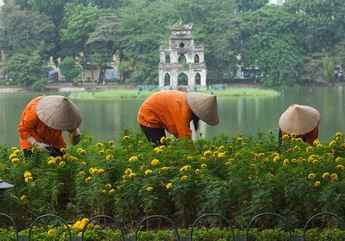
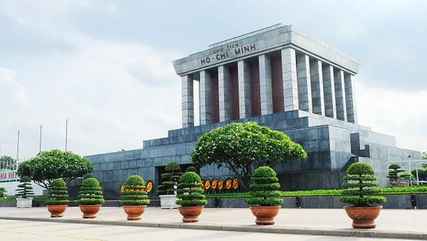
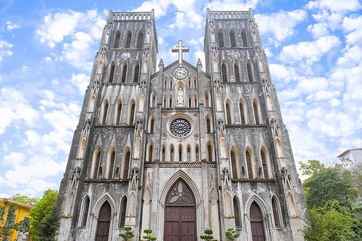

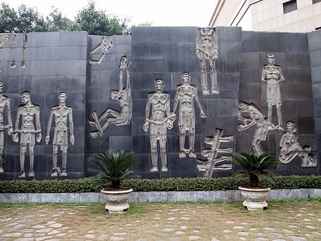
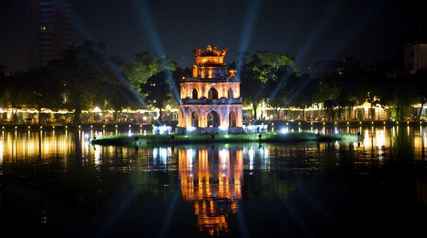

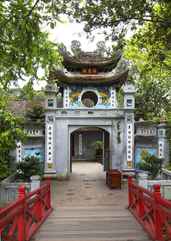
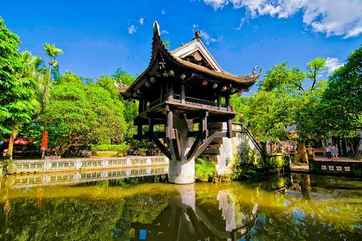

















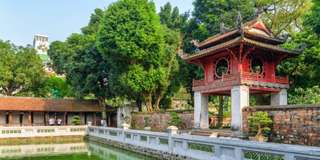

















![[EXCLUSIVE] Otis Premium Day Cruise | Experience Ha Long Bay with Buffet Lunch & Sunset Party | Optional Limousine Shared Transfer | Vietnam, 878.875 VND](https://ik.imagekit.io/tvlk/xpe-asset/AyJ40ZAo1DOyPyKLZ9c3RGQHTP2oT4ZXW+QmPVVkFQiXFSv42UaHGzSmaSzQ8DO5QIbWPZuF+VkYVRk6gh-Vg4ECbfuQRQ4pHjWJ5Rmbtkk=/9830772639860/-Exclusive-Otis-Premium-Cruise-Ha-Long-Bay-Day-Tour-with-Buffet-Lunch-Sunset-Party-and-Optional-Limousine-Shared-Transfer-%2528From-Ha-Long-Hanoi%2529-Vietnam-43f47736-6d5d-45bc-807c-9a913a01b066.jpeg?_src=imagekit&tr=c-at_max,h-456,q-60,w-256)
















 Facebook
Facebook Instagram
Instagram TikTok
TikTok Youtube
Youtube Telegram
Telegram
